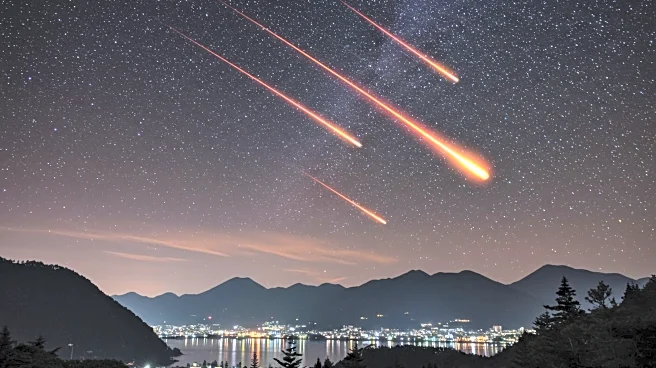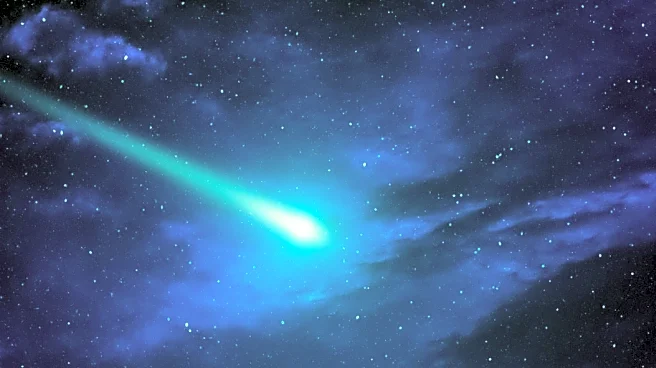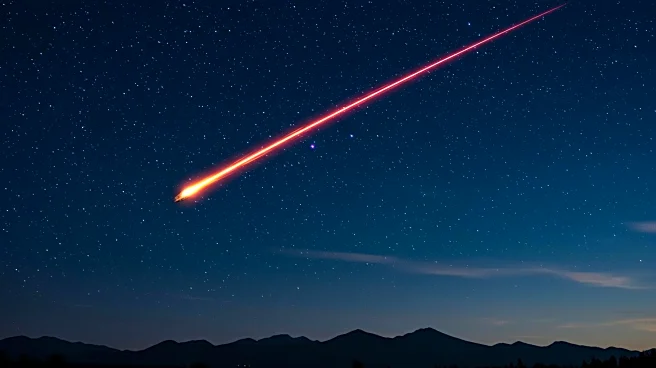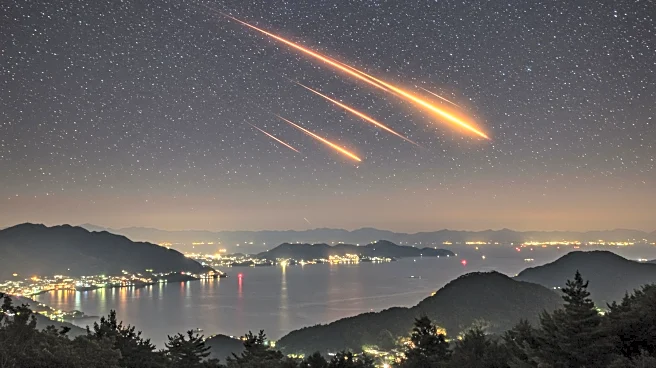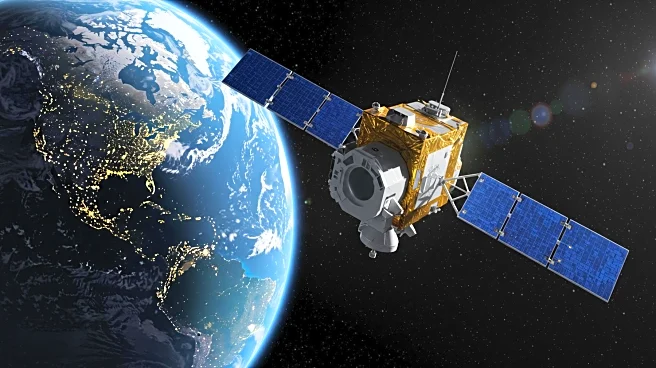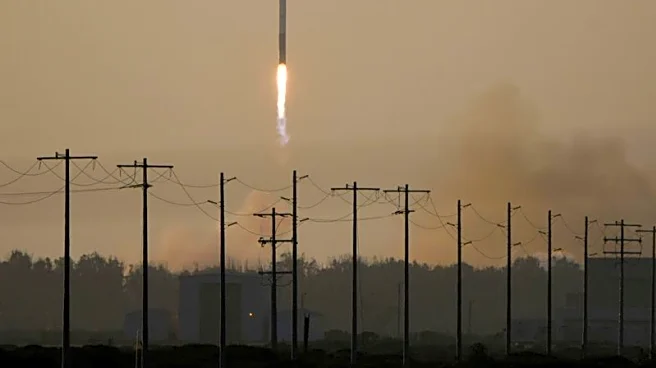What's Happening?
A bright fireball was observed over southern Japan on the night of August 19, briefly turning night into day. The meteor flared to life at 11:08 p.m. local time, streaking southwest through the skies and was captured on surveillance cameras and dashcams in cities such as Kagoshima and Kumamoto. The fireball emitted green-blue flashes before breaking apart over the Pacific Ocean. This event coincides with the active Perseid meteor shower, known for producing spectacular fireballs, although it is unclear if the fireball was part of this shower or a sporadic event.
Why It's Important?
The occurrence of such fireballs provides valuable opportunities for scientific observation and public engagement with astronomy. These events are reminders of the dynamic nature of space debris interactions with Earth's atmosphere. The visibility of fireballs can spark interest in meteor showers and space phenomena, potentially encouraging educational activities and public interest in astronomy. Additionally, understanding these events can contribute to broader research on space debris and its impact on Earth.
Beyond the Headlines
The cultural significance of meteor showers and fireballs can be profound, often inspiring awe and curiosity about the universe. Such events can also raise awareness about the potential risks posed by larger space debris, emphasizing the importance of monitoring and research in planetary defense strategies.


